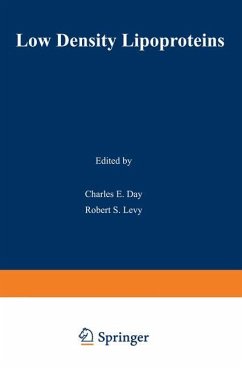A turning point seems to have been reached recently in our understanding of biological systems. After about 1930, when it became possible to examine the dynamic aspects of a cell seriously and to increase the breadth of our knowledge of the chemicals which are involved, there was a feeling that the elucidation of a pathway or the use to which a compound or a process was put biologically had a ubiquitous character. Among the reasons for believing this was the constancy of the amino acid building blocks for proteins. Not only were the same general structures found regardless of organismic type, but the stereochemistry was the same. This sort of observation led to the idea of the "unity of nature. " Few people, of course, thought a complete unity existed, because it was already known in the latter part of the nineteenth century that the sterols, the polysaccharides, and the pigments of various organisms could be substantially different, but only recently, during the last decade or so, has the fuH scope ofthe difference-as weil as ofthe similarity-begun to emerge. Of particular importance, it has now become evident that a large hiatus exists between some types of organism. Even more important, perhaps, and certainly more unexpected, are the substantial gaps which have been discovered within otherwise similar organisms. The evolutionary process is presumably behind what we observe, and therefore an understanding of the rules and regulations which govern similarity and difference should eventually lead to an elucidation of evolution itself.
Hinweis: Dieser Artikel kann nur an eine deutsche Lieferadresse ausgeliefert werden.
Hinweis: Dieser Artikel kann nur an eine deutsche Lieferadresse ausgeliefert werden.








